
[Image: A “Cavern Breathing Unit” from Subterranean Singapore by Finbarr Fallon, Bartlett School of Architecture, Unit 24].
Here is another project from my reviews the other week at the Bartlett School of Architecture; this one is called Subterranean Singapore, and it is by Finbarr Fallon, produced for Unit 24, which is taught by Penelope Haralambidou, Simon Kennedy, and Michael Tite.

[Image: “Concept Breathing Towers” from Subterranean Singapore by Finbarr Fallon, Bartlett School of Architecture, Unit 24].
Subterranean Singapore is presented as a speculative look at massive underground residential development in the city-state of Singapore over the next few decades.



[Images: Glimpses of a “high grade recreational space within an inflatable cave unit,” from Subterranean Singapore by Finbarr Fallon, Bartlett School of Architecture, Unit 24].
The city has run out of room to expand into the sea, and is thus forced to look downward, into the depths of the continental shelf, excavating beneath the surface of the city and heading partially out below the seabed.

[Image: From Subterranean Singapore by Finbarr Fallon, Bartlett School of Architecture, Unit 24].
As Fallon describes it, the project explores “the city-state of Singapore’s subterranean ambitions to suggest an imagined masterplan and spatial typology for deep-level underground living. While it may seem utopian to imagine that extensive deep living will become viable, the pressures of chronic land scarcity in Singapore may necessitate this outcome.”

[Image: The “Subterranean Development Institute: Designing Your Underground Future,” from Subterranean Singapore by Finbarr Fallon, Bartlett School of Architecture, Unit 24].
The construction process is kicked off with great imperial fanfare, involving a parade of excavation machines and robot carving arms marching their way forward through clouds of confetti. There is even a celebratory pamphlet.


[Images: From Subterranean Singapore by Finbarr Fallon, Bartlett School of Architecture, Unit 24].
The idea is not entirely science fiction, of course: Singapore is already excavating huge oil-storage facilities underground, and nearby Hong Kong is actively experimenting with the design and implementation of entire underground infrastructural zones.


[Images: From Subterranean Singapore by Finbarr Fallon, Bartlett School of Architecture, Unit 24].
For Fallon, however, such a proposal cannot be divorced from the question of who will be able to afford these spaces of underground luxury—complete with fish ponds, spas, and the soothing presence of exotic mechanical animals meant to bring an ironic touch of the natural world to those below.

[Image: A light-well looking down at Subterranean Singapore by Finbarr Fallon, Bartlett School of Architecture, Unit 24].
Let alone, of course, the question of human labor. Who, after all, will physically construct these things? Whose backs will be broken?

[Image: From Subterranean Singapore by Finbarr Fallon, Bartlett School of Architecture, Unit 24].
The accompanying film—in fact, the film is the core of the proposal—suggests that not everyone is pleased to see this triumphant underground utopia take root beneath Singapore, and hacker-saboteurs appear to take things into their own hands.
While the plot itself is not unusually complex, many of the images successfully wed the cinematic and the architectural, and were worth posting here.


[Images: From Subterranean Singapore by Finbarr Fallon, Bartlett School of Architecture, Unit 24].
With any luck, I’ll post a few more student projects here in the days to come; for now, don’t miss Matthew Turner’s project for a “New London Law Court.”

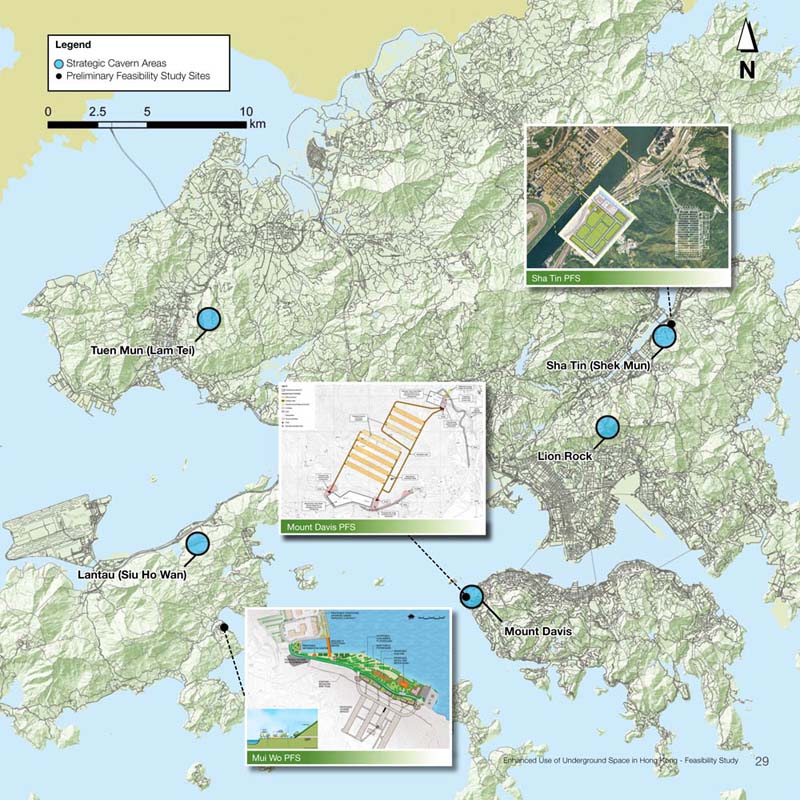
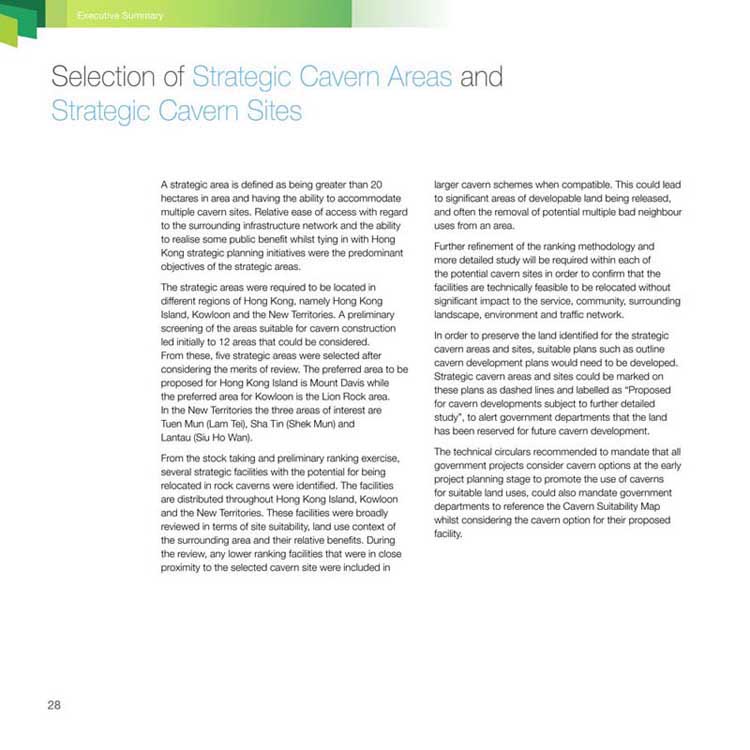 [Image: From the
[Image: From the 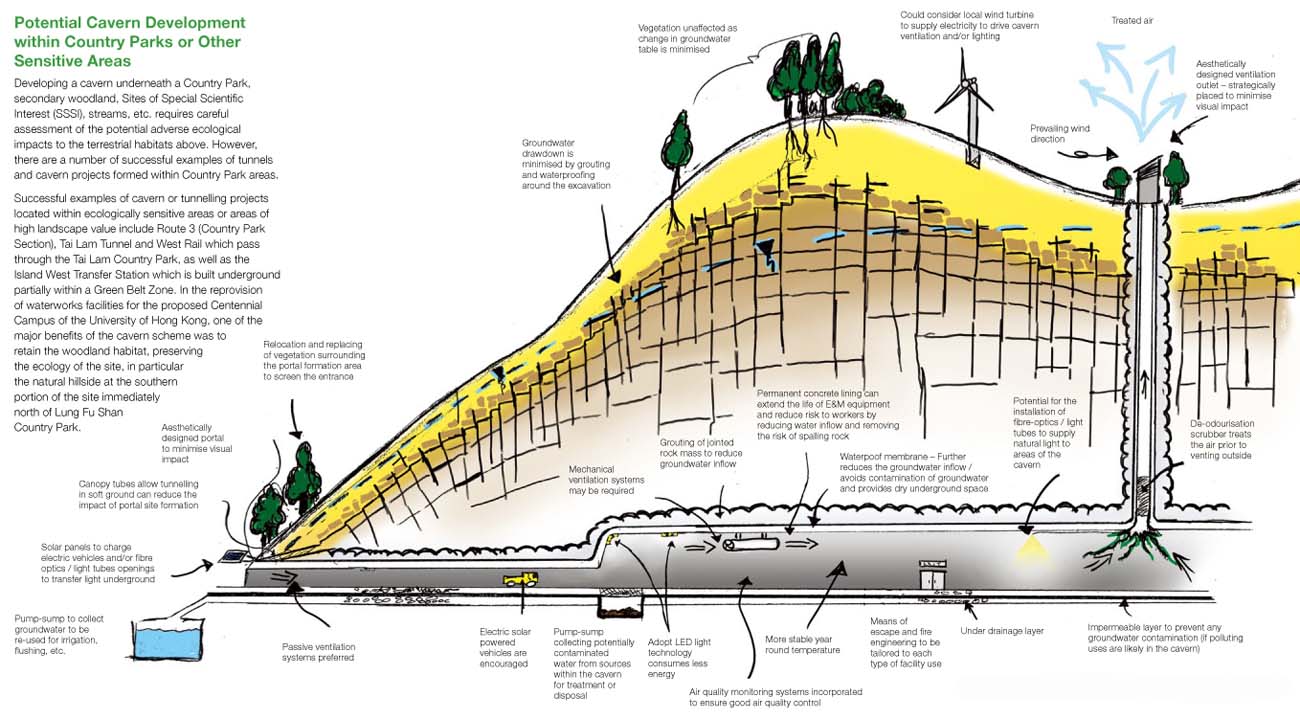 [Image: From the
[Image: From the 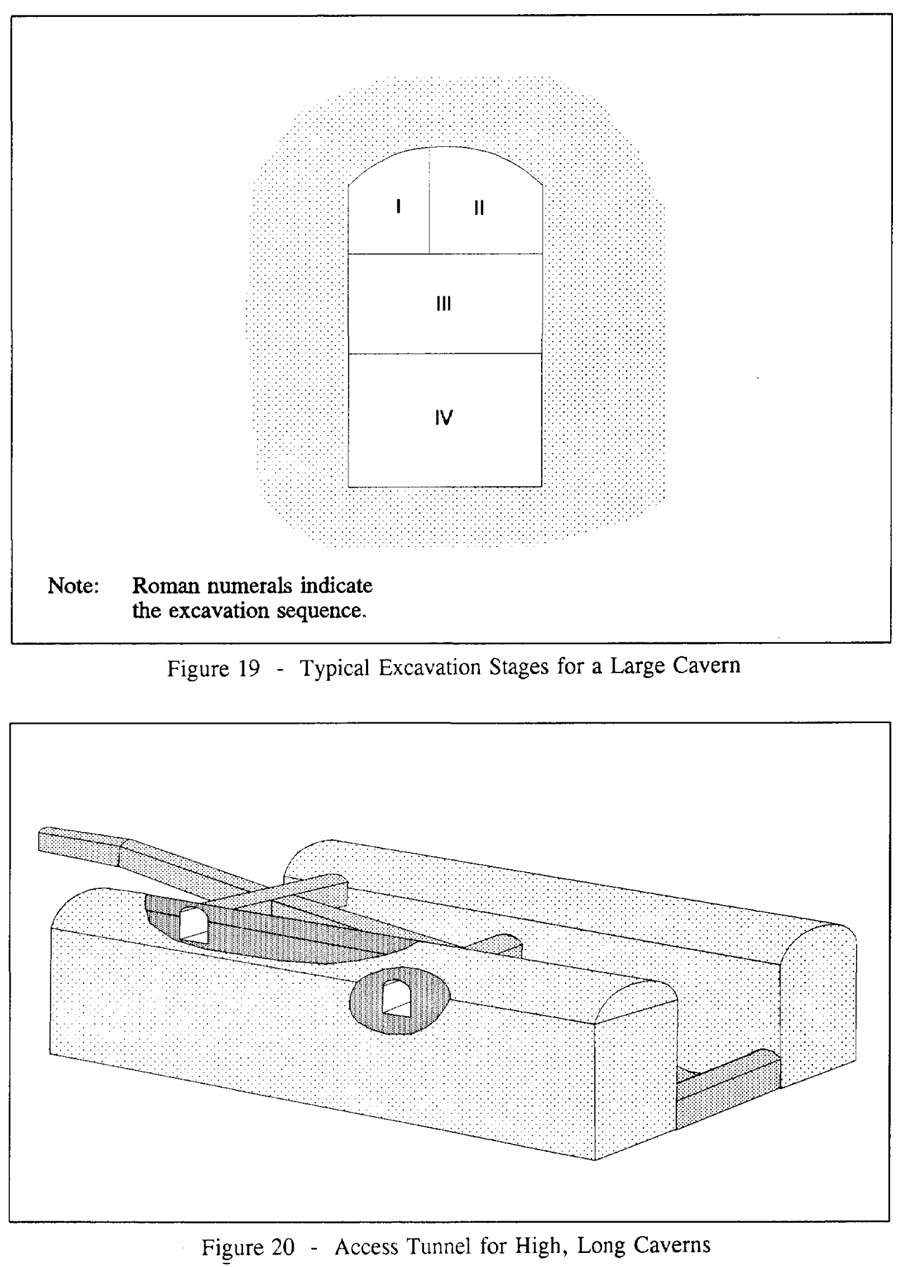 [Image: From the
[Image: From the 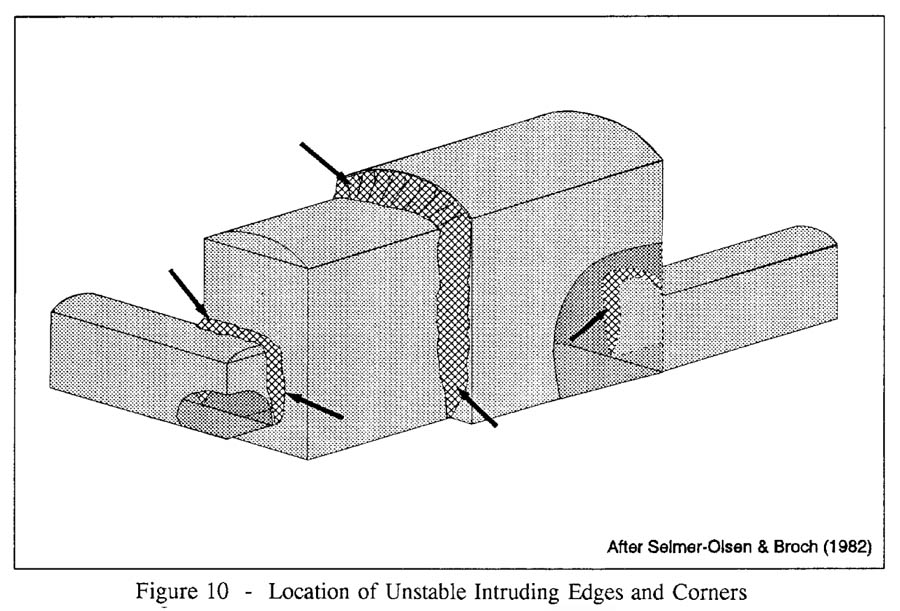 [Images: From the
[Images: From the 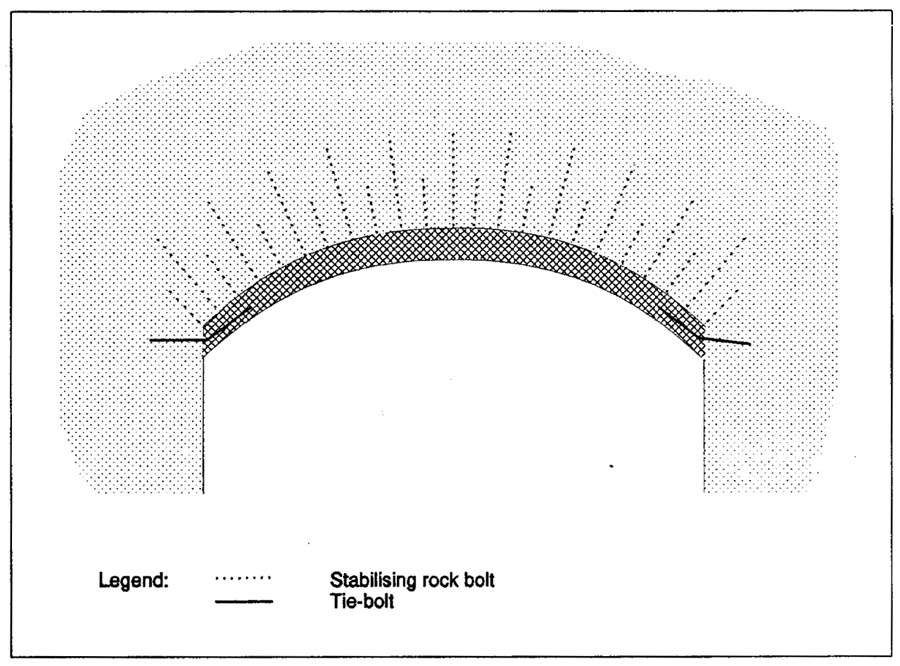 [Image: From the
[Image: From the 
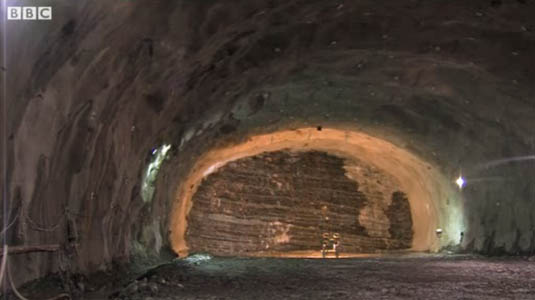 [Image: Singapore expands beneath the Pacific Ocean; via the
[Image: Singapore expands beneath the Pacific Ocean; via the 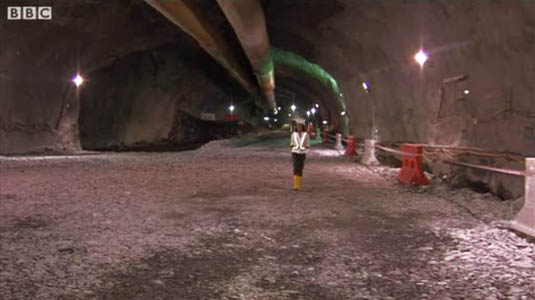
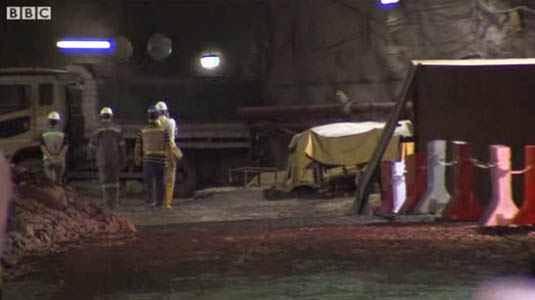 [Images: Singapore expands beneath the Pacific Ocean; via the
[Images: Singapore expands beneath the Pacific Ocean; via the